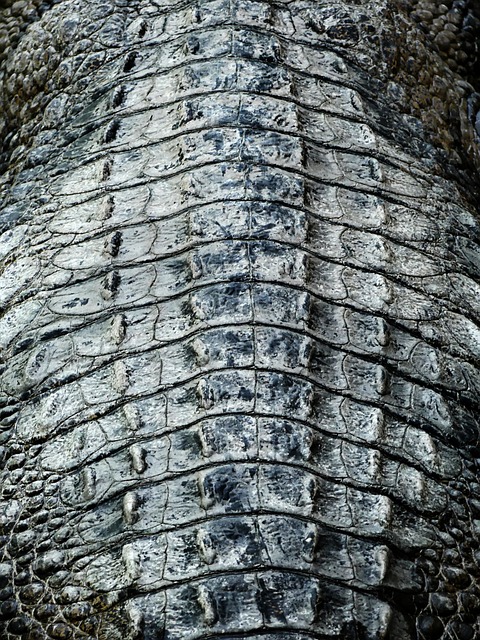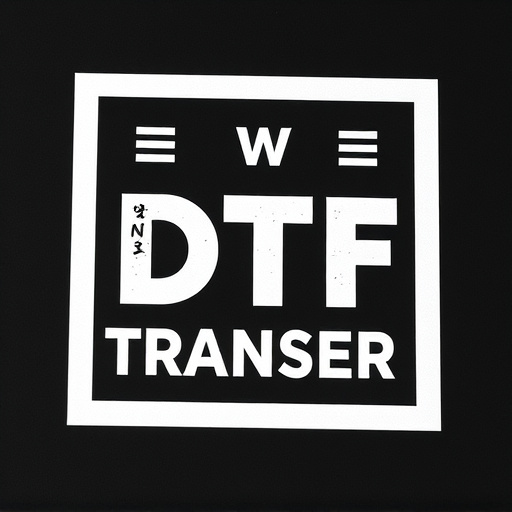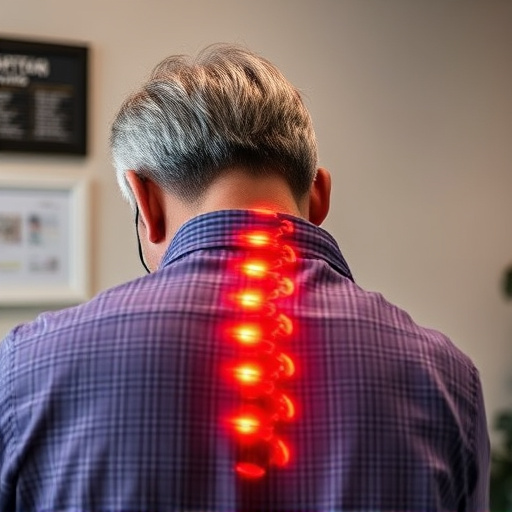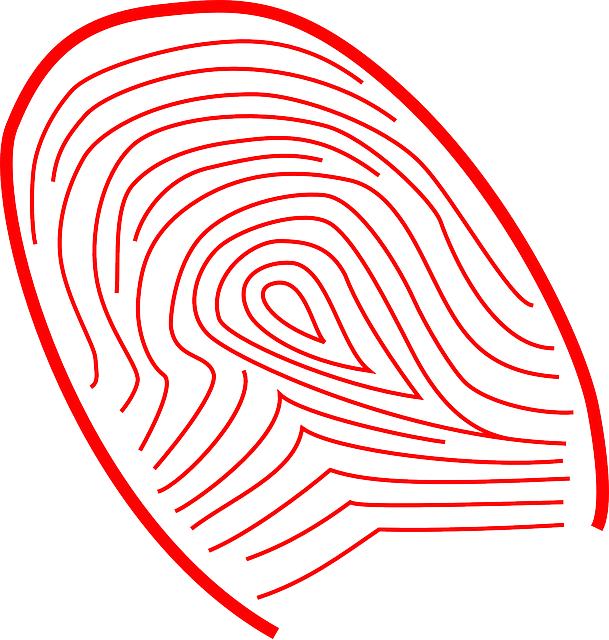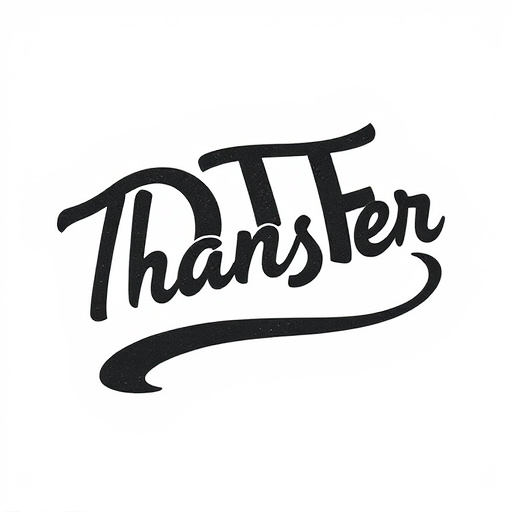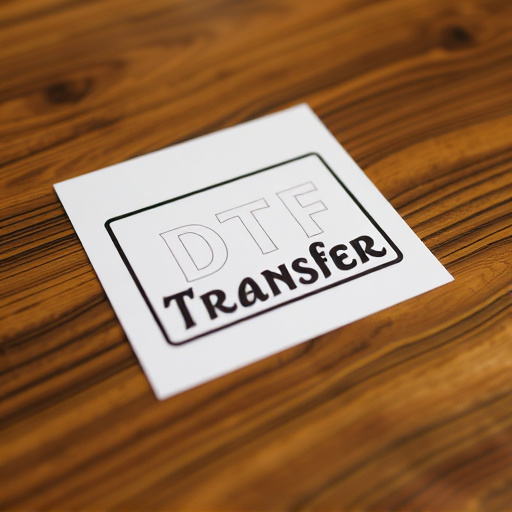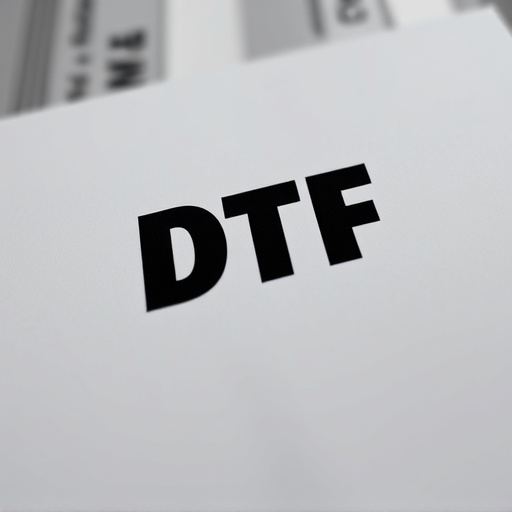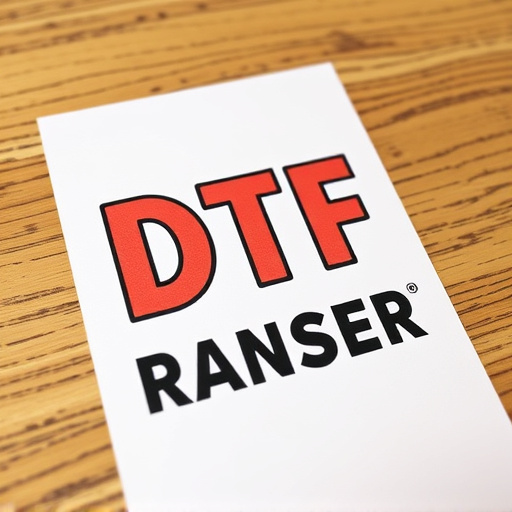In Direct-to-Film (DTF) printing, carrier film protection is crucial but its removal poses a challenge. Skilled techniques using specialized tools or chemical solvents are required to prevent print damage during film stripping. Best practices include adequate drying, lint-free cloths, strategic methods like hairdryers in well-ventilated areas, and spot-testing for compatibility. Advanced solutions offer minimal damage for intricate DTF printing applications across industries.
Unwanted carrier film after a DTF (Direct-To-Film) print transfer can mar the finish, affecting quality. This guide navigates effective removal techniques, from physical methods like scraping and heat treatment to chemical solutions and advanced procedures for stubborn cases. Understanding the challenges ensures safe, efficient cleaning, preserving the beauty of your DTF Printing projects. Discover best practices and innovative approaches to achieve flawless results, free from residual film.
- Understanding Carrier Film in DTF Printing
- Common Challenges with Removing Carrier Film
- Physical Removal Techniques
- Chemical Solutions for Efficient Cleaning
- Best Practices for Safe and Effective Removal
- Advanced Methods for Complex Cases
Understanding Carrier Film in DTF Printing
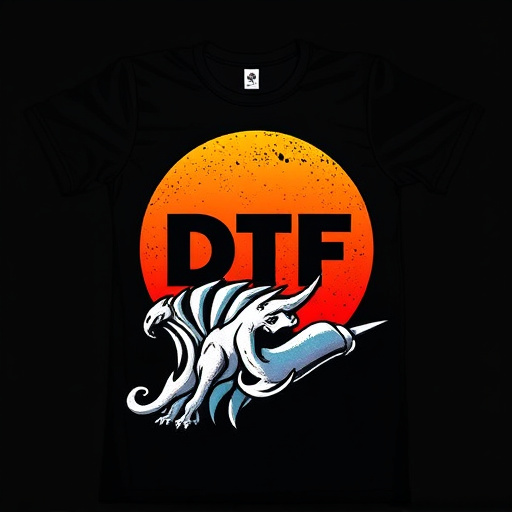
Carrier film, an essential component in Direct-to-Film (DTF) printing, serves as a protective layer during the transfer process. In DTF techniques, this film acts as a barrier between the design and the substrate, ensuring precise alignment and preventing ink smudging or bleeding. It’s crucial to understand that while carrier film facilitates an accurate transfer, it also requires careful removal post-application to achieve optimal print results. The following paragraphs delve into the intricacies of this process, highlighting effective techniques for efficient carrier film elimination.
In DTF printing, the carrier film is typically made from a durable, transparent material designed to withstand various printing conditions. Once the desired design has been successfully transferred onto the substrate, the film must be meticulously peeled away. Improper removal can lead to ink shifting or damage to the printed image. Therefore, knowing the right approach for carrier film elimination is paramount for achieving high-quality, vibrant prints in DTF applications.
Common Challenges with Removing Carrier Film
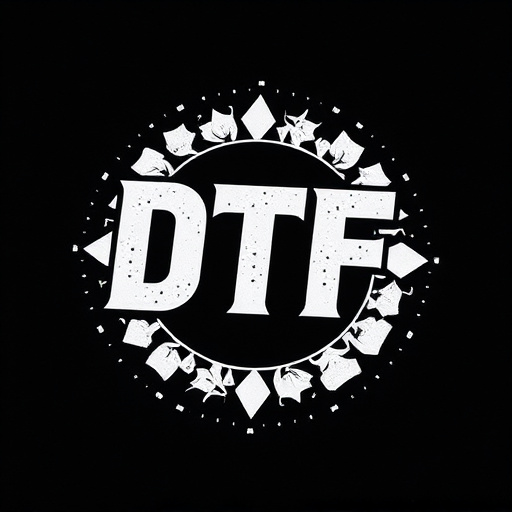
Removing carrier film after a transfer application in DTF (Direct-to-Film) printing can be a delicate process, often presenting several challenges. One of the primary hurdles is achieving a clean peel without damaging the printed image or the substrate. The carrier film serves as a protective layer during the printing and transfer process, but its removal must be precise to prevent residual adhesive from leaving behind unsightly marks.
Another common challenge is the variety in film types and adhesives used across different DTF printing materials. Different carriers have varying properties, making one-size-fits-all techniques ineffective. Adhesives can range from strong and tenacious to weak and brittle, requiring specific methods tailored to each application for successful removal without causing harm to the final product.
Physical Removal Techniques

After the transfer process, employing physical removal techniques is a common approach to eliminate carrier films from DTF (Direct to Film) printing applications. One effective method involves using specialized tools designed for film stripping. These tools gently peel away the film, ensuring minimal damage to the printed surface. This technique requires precision and careful manipulation to avoid any adhesion issues or potential smudging of the transfer.
Another manual approach is to employ a sharp blade or scraper to carefully lift and remove the carrier film. This method demands patience and skill to prevent scoring or damaging the delicate print. For best results, professionals often use heat as an aid, applying it sparingly around the edges of the film to loosen its adhesion before attempting physical removal.
Chemical Solutions for Efficient Cleaning
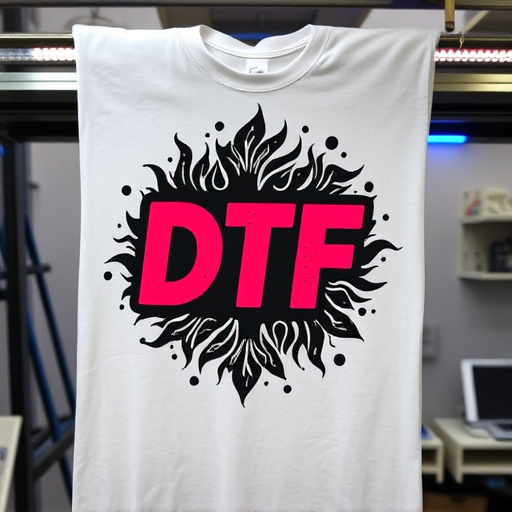
When it comes to removing carrier film after a transfer application, especially in DTF (Direct to Film) Printing processes, chemical solutions offer efficient cleaning methods. These solutions are designed to break down and dissolve the adhesive properties of the carrier film, making it easier to strip away without damaging the printed surface.
The right chemical solution can navigate the intricate details and fine lines of the print while ensuring a thorough clean. It’s crucial to choose a solvent that is compatible with your specific DTF Printing materials to avoid any adverse effects on the overall quality of the final product. This meticulous approach guarantees a crisp, clear image and a smooth finish, maintaining the integrity of the transfer application.
Best Practices for Safe and Effective Removal
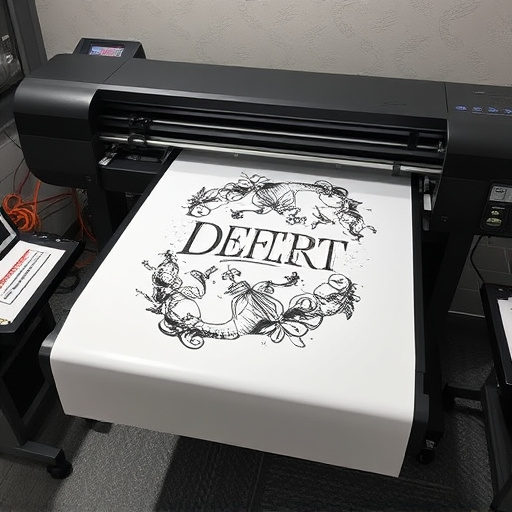
When it comes to removing carrier film after a DTF (Direct to Film) printing application, safety and effectiveness are paramount. The first best practice is to allow adequate drying time for the ink before attempting any removal. This ensures that the inks are cured and set, preventing smudging or transferring during the process. Using a clean, dry, and lint-free cloth is crucial; microfiber cloths are ideal due to their softness and ability to trap particles.
A gentle touch is essential to avoid damaging the printed surface. Applying heat with a hairdryer on a low setting can help loosen the film, but be cautious not to overheat or focus the air directly onto the print, as this could distort or fade the image. Additionally, using specialized solvents like isopropyl alcohol (IPA) in a well-ventilated area can effectively dissolve the adhesive, making removal easier. Always spot-test first to ensure compatibility with your print media and avoid any potential damage.
Advanced Methods for Complex Cases
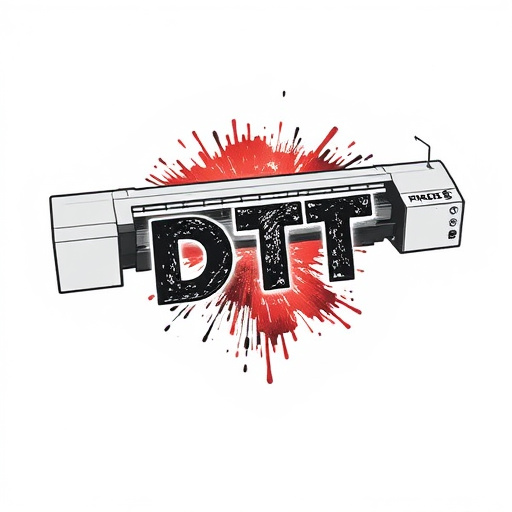
In complex cases, where traditional methods may fail, several advanced techniques have been developed for removing carrier film after DTF (Direct-To-Film) printing and transfer application. One such method involves using specialized solvents that can dissolve or weaken the adhesive properties of the film. These chemicals are carefully applied to targeted areas, ensuring minimal impact on the printed material. The process requires precise control and expertise to avoid damaging the underlying substrate.
Another innovative approach is the utilization of heat and pressure. Advanced equipment employs controlled heating and pressing to loosen the bond between the carrier film and the print. This method is particularly effective for delicate materials, as it allows for a more gentle removal process while still achieving high-quality results. These advanced techniques cater to the growing demand for intricate and precise DTF printing applications across various industries.

